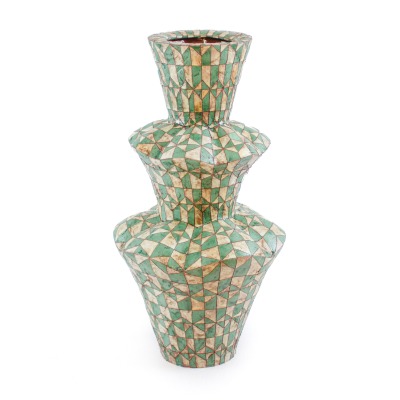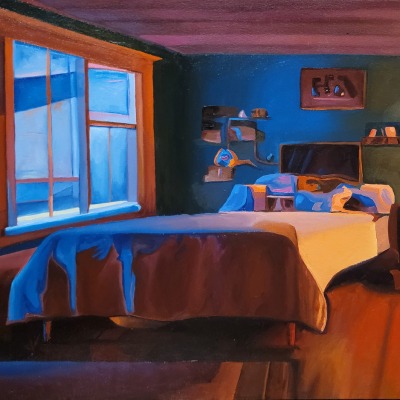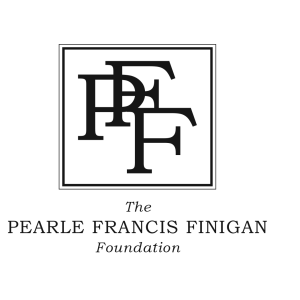The Distaff
The Distaff
For millennia women have been artists. Archeologists have found that three quarters of prehistoric cave painting artists were women as determined by the handprint signatures on their art. Later women worked in clay pot making and decoration. During the medieval period, women’s artistic efforts included embroidered textiles, tapestries, and illuminated religious texts done in convents. Often women’s creations were termed ‘craft’ instead of artwork. If they did create signed artwork, many women artists resorted to signing their work with a first initial and last name to conceal their gender in order to avoid the prejudice against women creating artwork. Occasionally women used male pseudonyms, or their artwork was not signed at all. These stratagems make tracing the history of women in the arts extremely difficult.
Women also encountered obstacles in obtaining an art education, showing artwork, and selling their artwork. Art schools would not admit women artists and galleries rejected women’s artwork. In France, the powerful French Academy of Fine Arts had 450 members between the 17th century and the French Revolution, and only fifteen were women. Of those, most were daughters or wives of members. In the late 18th century, the French Academy resolved not to admit any women at all. The first woman to become a full member of the Academy was Laura Knight in 1936, and women were not admitted to the Academy’s schools until 1861.
Finally, during the second half of the 19th century, women artists began to make significant progress toward access to education and participation in the art world. This is the first period in Western history in which a number of secular female artists gained international reputations. The rise of women artists may be attributed to a variety of cultural shifts including the reaction against religion and a move toward humanism, a Renaissance based philosophy affirming the dignity of all people.
Two late 19th century female artists in The Distaff exhibition are Berthe Morisot and Mary Cassatt. Noted art historian and Director of the Musée des Beaux-Arts in Lyon, Henri Focillon said these two women were in the group he called “les trois grandes dames” of Impressionism. The third great lady on his list was Marie Bracquemond who is lesser known because she was forced to give up creating art by her husband.
Among 20th century female artists in the exhibition are Marion Greenwood, Lily Harmon, Margery Ryerson, Lili Réthi, and Isabel Bishop. You may see the nineteen prints of or by women in The Distaff exhibition on the 2nd floor in the Lux Print Gallery from May 5 to September 6, 2022.
The exhibition is curated by Susan Soriente, Curator of the Gladys Lux Print Collection.






























































